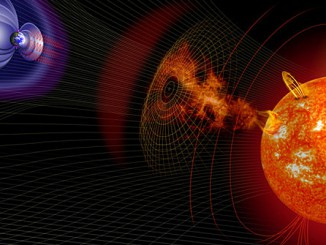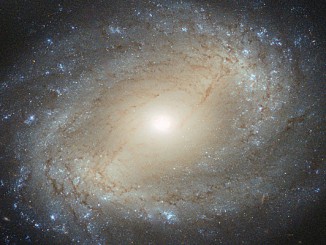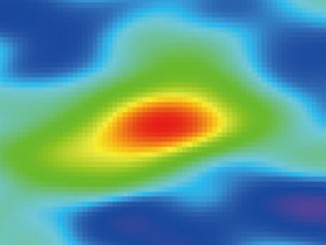
Zircon study questions dates for cataclysms on early Moon and Earth
Phenomenally durable crystals called zircons are used to date some of the earliest and most dramatic cataclysms of the solar system, such as the late heavy bombardment that created hellish surface conditions on the young Earth and Moon about 4 billion years ago. Now a study of zircons from a gigantic meteorite impact in South Africa casts doubt on the methods used to date lunar impacts.









